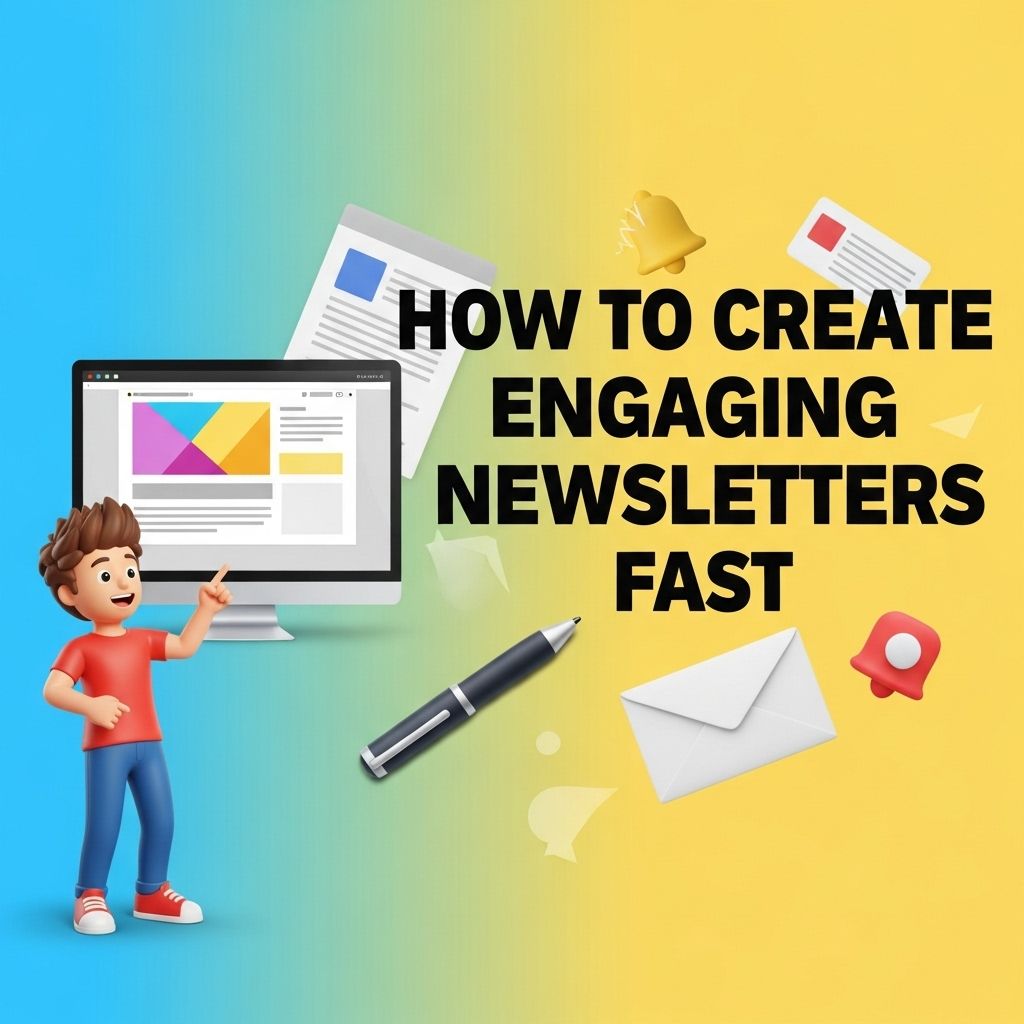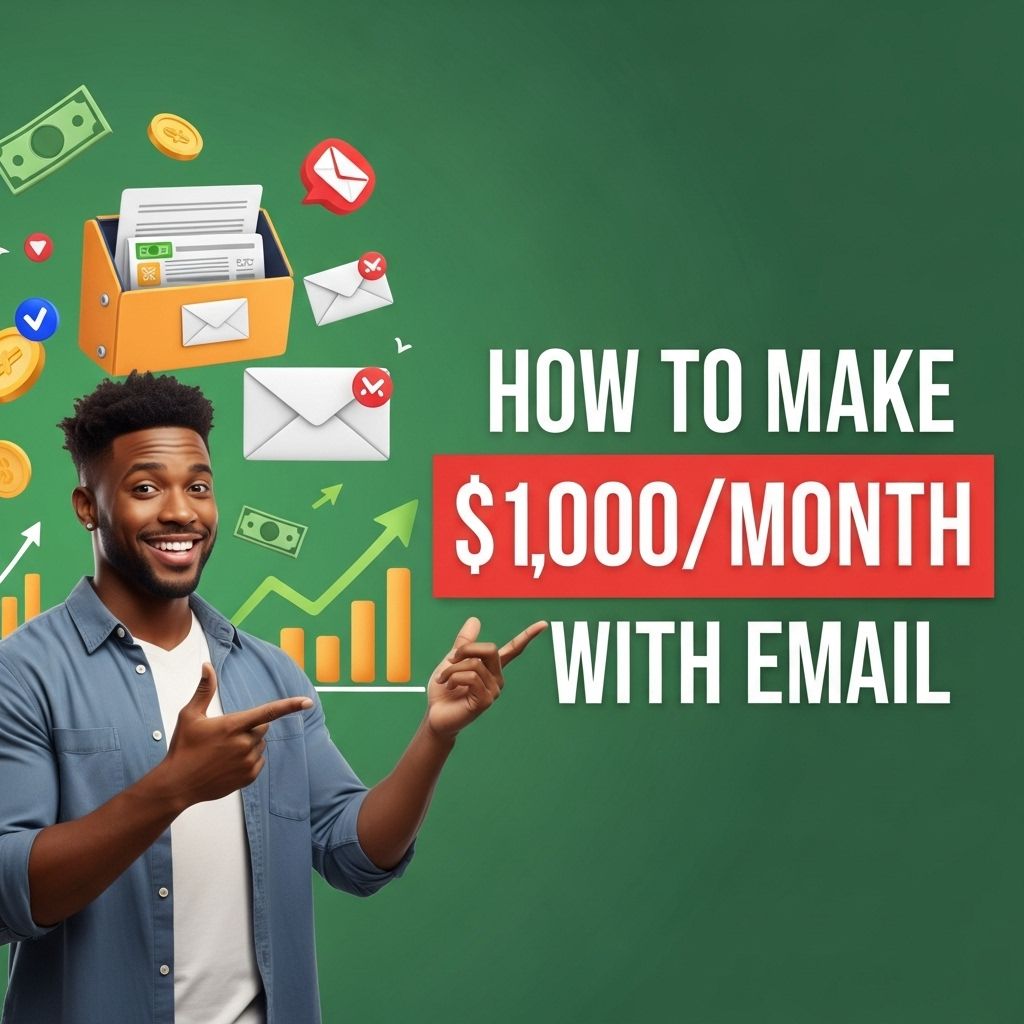In today’s digital age, newsletters have become a crucial tool for businesses and individuals alike. They not only foster community engagement but also keep your audience informed about the latest developments, offers, and insights. However, creating engaging newsletters can often be a time-consuming task. In this article, we’ll explore some effective strategies and tools to help you produce captivating newsletters quickly and efficiently.
Understanding Your Audience
The first step to creating an engaging newsletter is understanding who your audience is. This involves knowing their interests, preferences, and the type of content they find valuable. To achieve this:
- Conduct surveys to gather insights about your audience’s preferences.
- Analyze previous newsletters to see what content generated the most engagement.
- Utilize analytics tools to track reader behavior and preferences.
Choosing the Right Tools
Lucky for us, there are many tools available that can streamline the newsletter creation process. Here are some popular options:
Email Marketing Platforms
| Platform | Features | Pricing |
|---|---|---|
| Mailchimp | Drag-and-drop editor, automation, analytics | Free for basic use; paid plans start at $10/month |
| Constant Contact | Customizable templates, social media integration, live chat support | Starting at $20/month |
| SendinBlue | Email campaigns, SMS marketing, advanced statistics | Free for up to 300 emails/day; paid plans start at $25/month |
Design Tools
A well-designed newsletter can significantly enhance reader engagement. Consider using:
- Canva: Great for creating stunning visuals and layouts.
- Adobe Spark: Offers templates and design elements tailored for newsletters.
Crafting Compelling Content
Content is king, and the quality of your newsletter content can make or break its effectiveness. Here are some tips to create valuable and captivating content:
1. Use Attention-Grabbing Headlines
Your subject line is the first thing readers see, so make it count. Use power words, create a sense of urgency, and personalize when possible.
2. Keep It Short and Sweet
Readers appreciate concise content. Use short paragraphs, bullet points, and subheadings to break text and improve readability. Aim for:
- A maximum of 500 words for a standard newsletter.
- Clear and actionable tips or insights.
3. Include Visuals
Incorporating images, infographics, or videos can increase engagement tremendously. Visual content helps to:
- Illustrate your points effectively.
- Break up long text sections.
- Draw attention to key messages.
Creating a Consistent Schedule
Consistency is key when it comes to newsletters. Establishing a regular schedule helps set reader expectations. Consider:
- Weekly Newsletters: Ideal for timely news or updates.
- Monthly Newsletters: Best for in-depth articles or analyses.
- Quarterly Newsletters: Perfect for comprehensive reports or summaries.
Incorporating Interactive Elements
Adding interactive elements can greatly enhance reader engagement. Here are some ideas:
- Polls and Surveys: Gather feedback and opinions from your audience.
- Quizzes: Add a fun element that encourages participation.
- Links to Social Media: Encourage readers to engage with your content on multiple platforms.
Testing and Analyzing Performance
Once your newsletter is sent out, the next crucial step is to analyze its performance. This involves looking at metrics such as:
- Open Rates: The percentage of subscribers who opened your email.
- Click-Through Rates: The percentage of readers who clicked on links or CTAs.
- Unsubscribe Rates: Monitor how many subscribers opted out of future newsletters.
Using A/B Testing
A/B testing can help you refine your newsletters further. By creating two versions of your newsletter with slight variations (e.g., different subject lines or layouts), you can determine which performs better based on the metrics mentioned above.
Conclusion
Creating engaging newsletters doesn’t have to be a cumbersome process. By understanding your audience, choosing the right tools, crafting compelling content, and analyzing performance, you can produce high-quality newsletters quickly. With practice and consistency, you can transform your newsletters into a powerful communication tool that captivates and connects with your audience effectively.
FAQ
How can I create engaging newsletters quickly?
To create engaging newsletters quickly, start by defining your audience and goals. Use templates to streamline design, focus on concise content, and include eye-catching visuals. Tools like Mailchimp or Canva can help speed up the process.
What are the key elements of an effective newsletter?
An effective newsletter should include a compelling subject line, engaging content, clear calls to action, and visually appealing design. Personalization and segmentation can also enhance reader engagement.
How often should I send out newsletters?
The frequency of sending newsletters depends on your audience and content availability. Common practices suggest sending newsletters monthly or bi-weekly to maintain engagement without overwhelming your subscribers.
What content should I include in my newsletter?
Include a mix of informative articles, product updates, promotions, and user-generated content. Highlighting customer testimonials and success stories can also enhance engagement.
How can I increase newsletter sign-ups?
To increase newsletter sign-ups, offer incentives such as exclusive content, discounts, or freebies. Use sign-up forms on your website and promote them through social media to reach a broader audience.
What tools can help me create newsletters faster?
Several tools can help you create newsletters faster, including Mailchimp, Constant Contact, Canva, and HubSpot. These platforms offer user-friendly templates and automation features to streamline the process.




